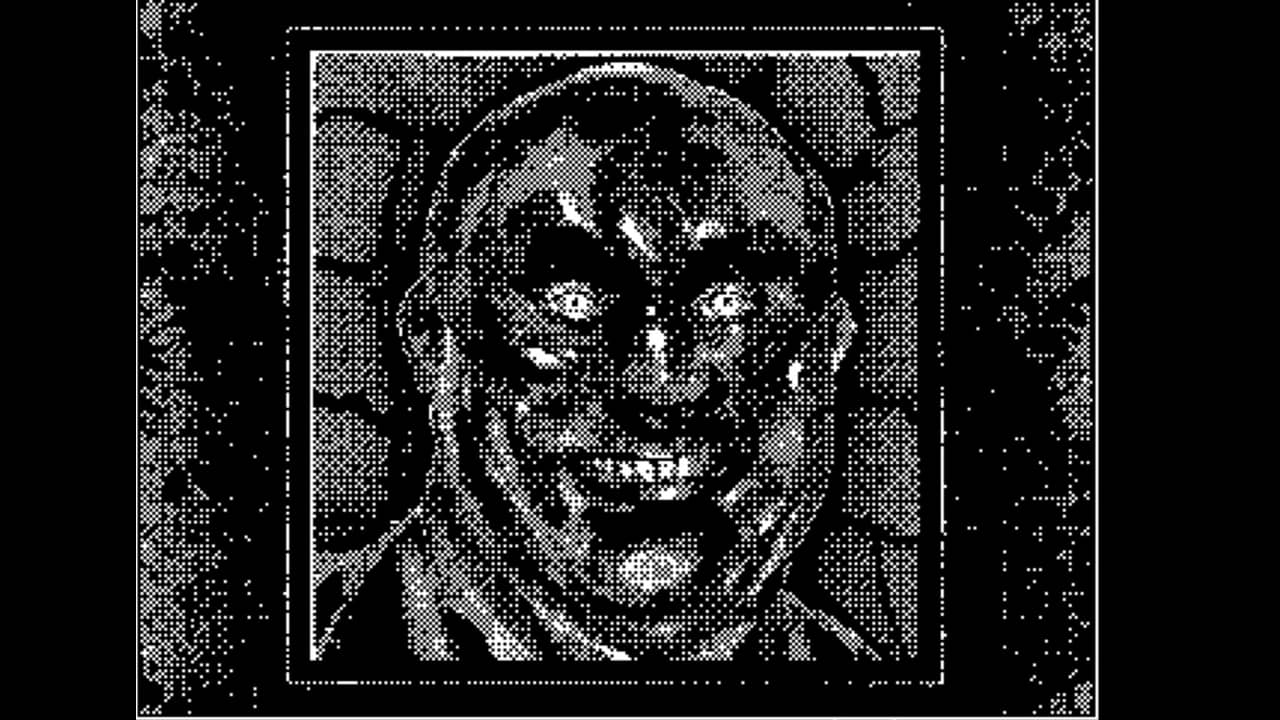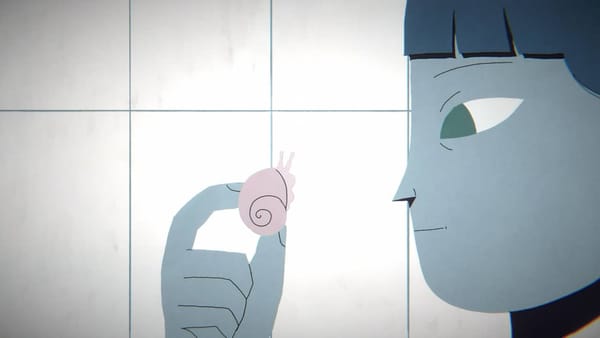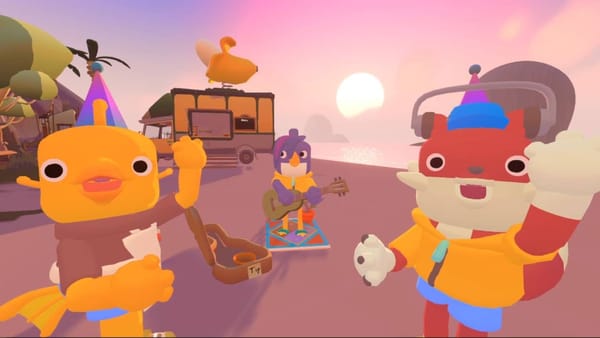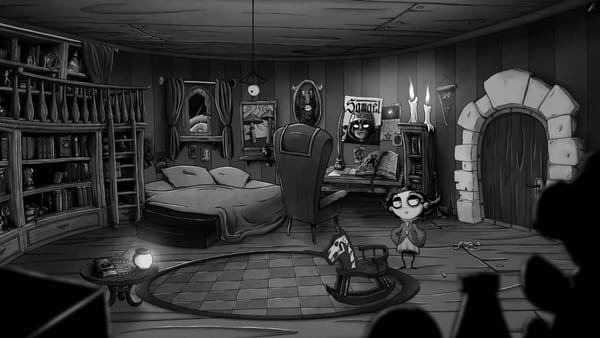Garage Heathen hasn’t offered me cash, whispered sweet nothings in my shell-like, nor helped me dispose of a corpse – ack! too much information! So when I say that Who’s Lila? is an indie masterpiece, I mean it.
Go ahead and judge; use my rhetoric towards your thesis on sociopaths, but this game ticks every box. It’s almost as if the chef’s special was tailored made just for me. But it’s not, you’re included too if you’re also a weirdo.

You play Will. Poor sod, he’s unable to display his emotions correctly, and that’s not about opening up – he genuinely pulls the wrong face at the most inappropriate moments. That’s on you, however, as in this pseudo point and click adventure, you manipulate Will’s face in response to other characters.

It’s pretty damn unique, but also gimmicky, right? Sort of, but as Who’s Lila? is the epitome of an abstract detective saga in that you’ll repeat play Will’s day to unlock a multitude of endings for some exposition, and you soon realise his face can literally shape the narrative.
Will could fake his feelings just like everyone else, but it’s almost impossible when one of his classmates has gone missing, and he’s the number one suspect. As there are multiple endings, and because Will’s narrative is key to the experience, we’ll leave it there in terms of the actual plot.
Will repeats each day with the option to go somewhere new, or perhaps try different expressions for a new ending. A bus top lists the available destinations, and the more you explore, the more places unlock. They’re always worth revisiting as they will inevitably help with that thread pulling: Who’s Lila?
I’m not telling.
My earlier write-ups compared the storytelling to a David Lynch film, and I stand by that. This experience is so abstract yet makes a lot of sense – irrespective of what is happening on screen. Yes, it’s a horror, but a psychological one encapsulating menace, intrigue and proper goosebump moments.

As a film fan, some of the arcs were predicted; others were so far out there that I was happy to relish in out-there theories – overthinking on overload! There are plenty of unanswered questions, but there’s a scene that explains them without dumbing it down. These dialogues won’t offer complete clarity, but ambiguity and imagination should go hand in hand, and to be honest, I didn’t want everything explained to me. I was content filling my pants.
I just love the presentation and the quirkiness of the mechanics, but more importantly, the storytelling elements and unsettling atmosphere
You’ll be moving Will around in a third-person view and split-screen. On the right is Will’s face in real-time, occasionally replaced by the person speaking. To the left is the exploration window where you’ll interact with the world. Who’s Lila? goes that extra mile by including external links, social media profiles and a companion app that unlocks hidden truths.
In addition to the multiple endings, there are a heap of colour palettes. They’re cosmetic, of course, and you’ll find your favourites. The visuals, though, are an acquired taste. I’ve often said that I’m not keen on pixel art – here, it’s even more ‘retro’ as the game uses graphics similar to the LCD menu on a dot-matrix printer. Strangely, this adds to the game’s overall vibe, and some elements reminded me of the untouchable Silent Hill 2.
The visuals don’t always work in the game’s favour, and it can be challenging to ascertain what it is that you’re looking at. Pressing the spacebar for points of interest was a good decision as you could miss things. I’d recommend playing the game in windowed mode for clarity. It also complements the companion app.

With all that in mind, I just love the presentation and the quirkiness of the mechanics, but more importantly, the storytelling elements and unsettling atmosphere. The score has a lot to do with that tension and world-building, and no doubt most will judge my sanity, but I couldn’t get enough of it and would often leave the game running and write something else while listening to the music and ‘dark tones’. If you like Paratopic, you’ll be in your element.
This Who’s Lila? review is likely to get stamped with one of those TLDR comments that are so uplifting to read. I don’t care; I love this game and how it makes me… feel.
To refer to Lynch once more (check me out – research! I just went to my bookshelf…):
Someone might say, I don’t understand music; but most people experience music emotionally and would agree that music is an abstraction. You don’t need to put music into words right away – you just listen.David Lynch
While this was from a quote about film, it’s as relevant here. He goes on to say “people have a yearning to make intellectual sense of it, to put it right into words”. I’m not trying to make sense of it, but attempting to chuck a bundle of words together as an assessment of the game. This isn’t to convince you of my way of thinking, but if you have similar tastes, do check this out. I know what I like, and for me, Who’s Lila? hits every note and is one of my favourite games. Ever.











